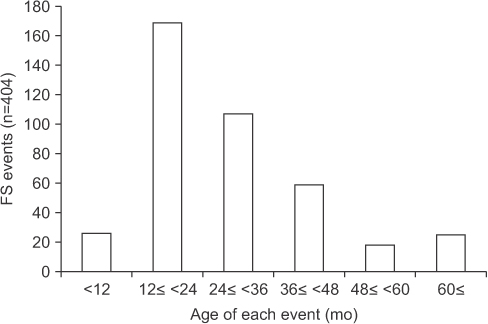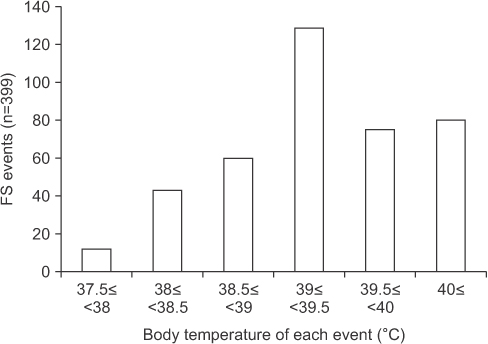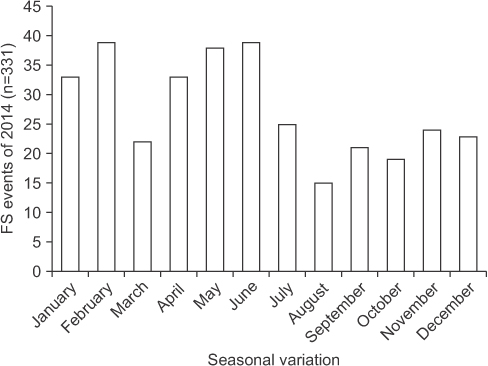Department of Pediatrics, Ewha Womans University College of Medicine, Seoul, Korea.
Copyright © 2017. Ewha Womans University School of Medicine
This is an Open Access article distributed under the terms of the Creative Commons Attribution Non-Commercial License (http://creativecommons.org/licenses/by-nc/4.0/) which permits unrestricted non-commercial use, distribution, and reproduction in any medium, provided the original work is properly cited.






Values are presented as number (%).
FS, febrile seizure; F/Hx, family history; CRP, C-reactive protein.
*Analysis performed by chi-square test.
Values are presented as number (%). FS, febrile seizure; F/Hx, family history; CRP, C-reactive protein. *Analysis performed by chi-square test.